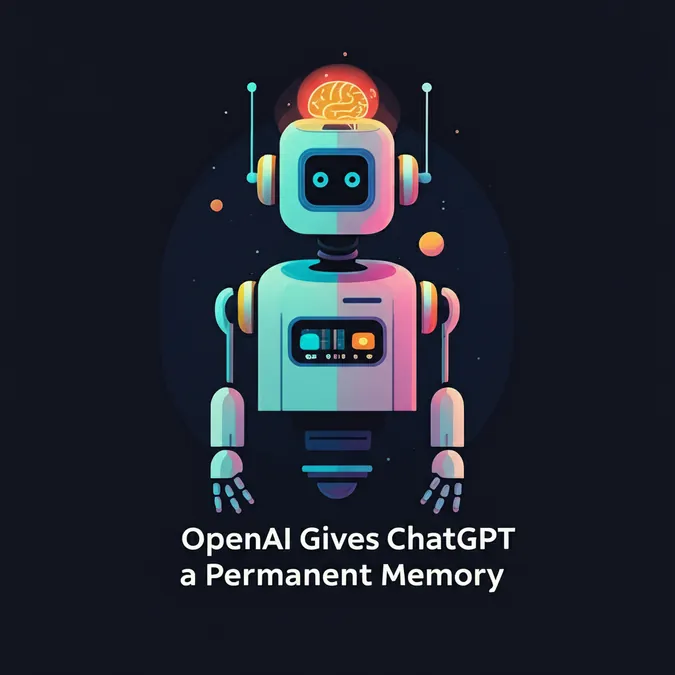Developer Offer
Try ImaginePro API with 50 Free Credits
Build and ship AI-powered visuals with Midjourney, Flux, and more — free credits refresh every month.
Unlock Better ChatGPT Answers With Three Simple Rules
Artificial intelligence, especially tools like ChatGPT, has become a go-to resource in our daily lives. From drafting emails and generating images to answering complex questions, its applications are nearly endless. As AI evolves, it promises to become an even more capable assistant.
Why ChatGPT Can Be Frustrating
Despite its power, ChatGPT isn't perfect. It sometimes faces tough competition from other models and can misunderstand our requests, delivering answers that are vague, generic, or just plain wrong. This happens because AI doesn't truly 'understand' things like humans do. It processes vast amounts of data and generates responses based on algorithms and patterns, without grasping the real intent behind our questions.
This is precisely why a new strategy involving three simple rules is becoming popular among experts to get significantly better results.
A Simple Trick Using 3 Professional Roles
The strategy is to ask ChatGPT to adopt a specific professional persona to frame its response. This leads to more accurate and tailored answers by guiding the AI's tone, structure, and focus. The three key roles are a teacher, a lawyer, and a journalist.
-
The Teacher: To get a more elaborate, structured, and logical response, end your prompt with the phrase: "explain this like a teacher." This is perfect when you need a detailed lesson or a clear, educational breakdown of a topic.
-
The Lawyer: If you need a highly organized, point-by-point argument, instruct the AI to "explain this like a lawyer." ChatGPT will break down its response, build a case, and provide a well-structured answer, which is ideal for sorting through complex information.
-
The Journalist: For a response that is well-written, concise, and gets straight to the point, ask ChatGPT to "explain this like a journalist." This command tells the AI to deliver a clear and structured summary, sometimes with added context, just like a news report.
Why This Simple Method is So Effective
You might wonder why these specific roles work so well. The answer is straightforward: ChatGPT has been trained on a massive library of text, including countless examples of writing from different professions. By giving it a role, you are simply telling it which writing style to emulate from its training data. This technique is also flexible—many users have fun asking for explanations in a humorous tone or adopting other creative personas to make their interactions more effective and engaging.
Compare Plans & Pricing
Find the plan that matches your workload and unlock full access to ImaginePro.
| Plan | Price | Highlights |
|---|---|---|
| Standard | $8 / month |
|
| Premium | $20 / month |
|
Need custom terms? Talk to us to tailor credits, rate limits, or deployment options.
View All Pricing Details

